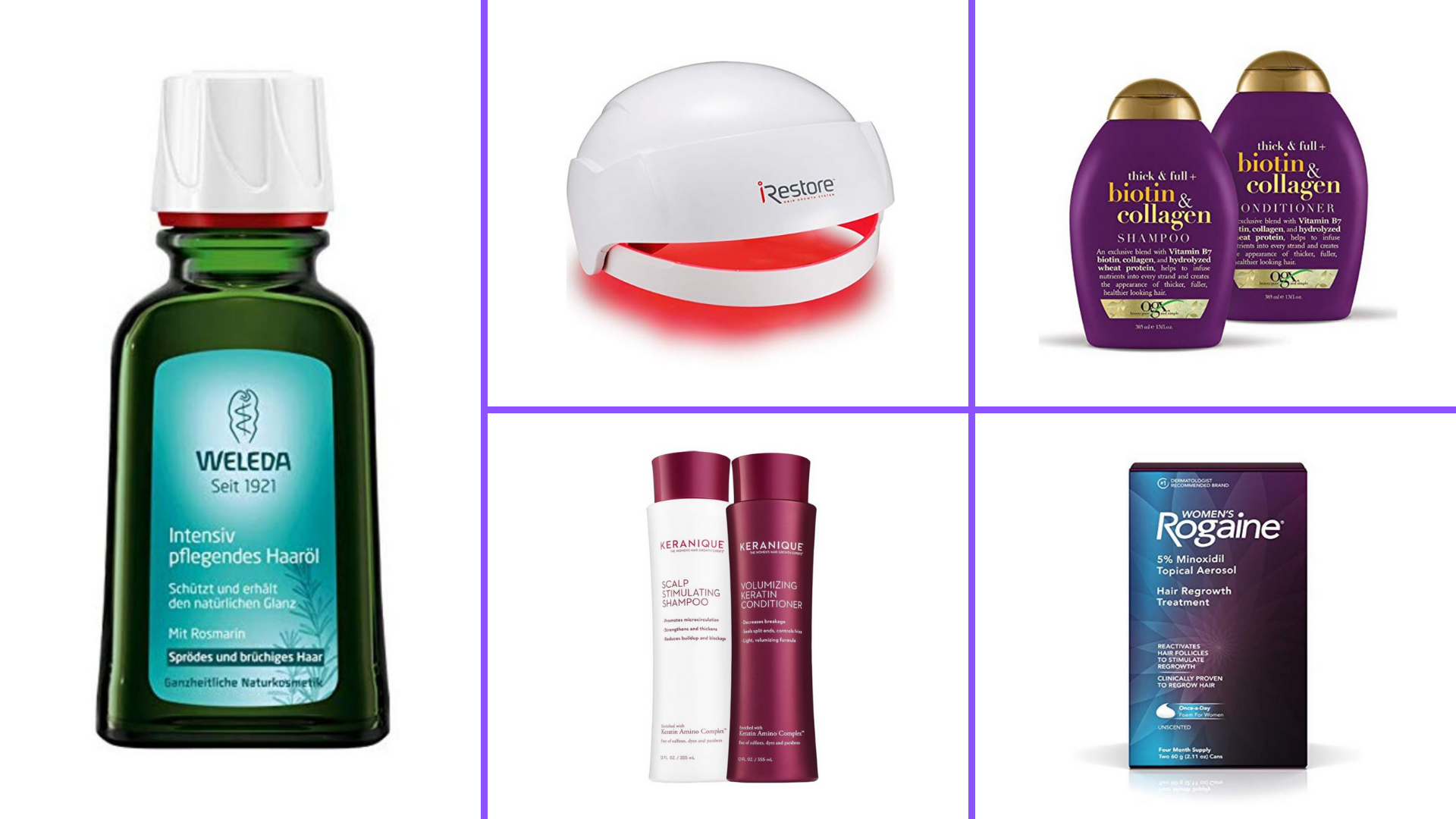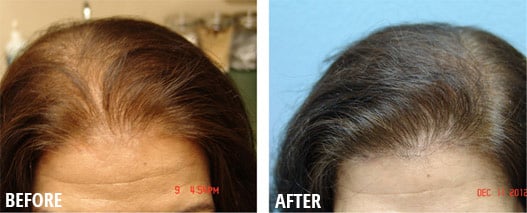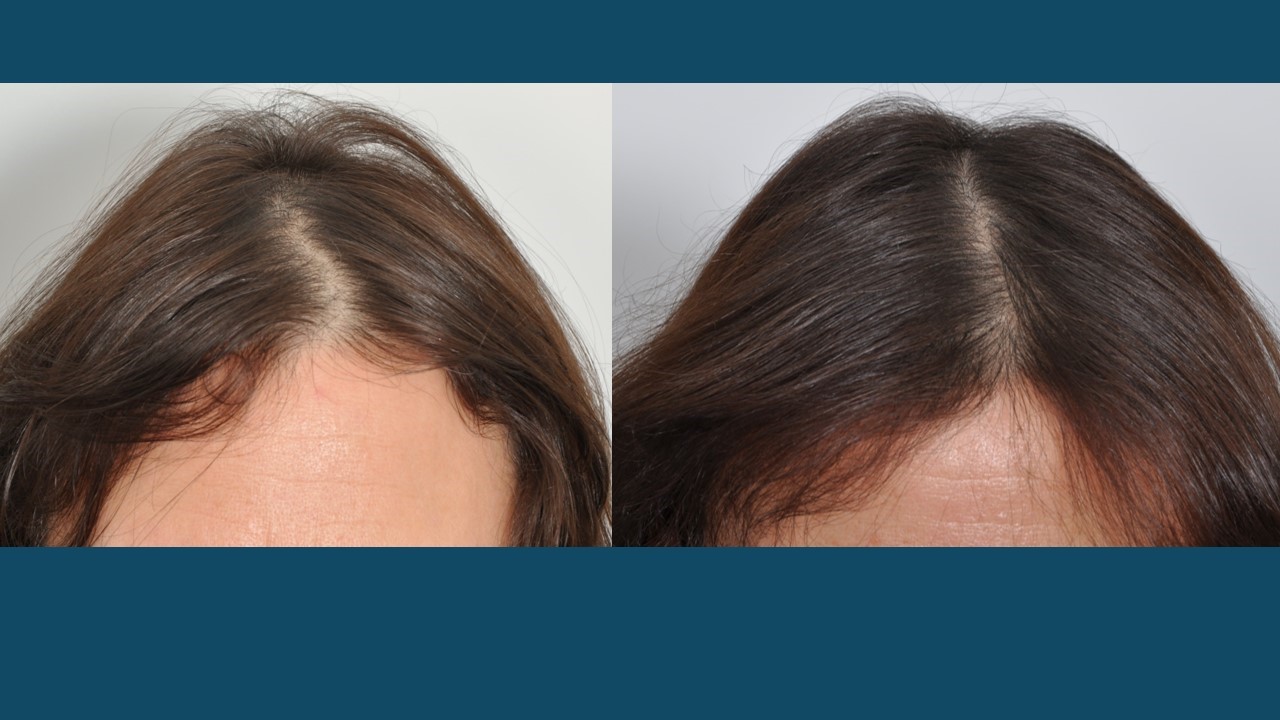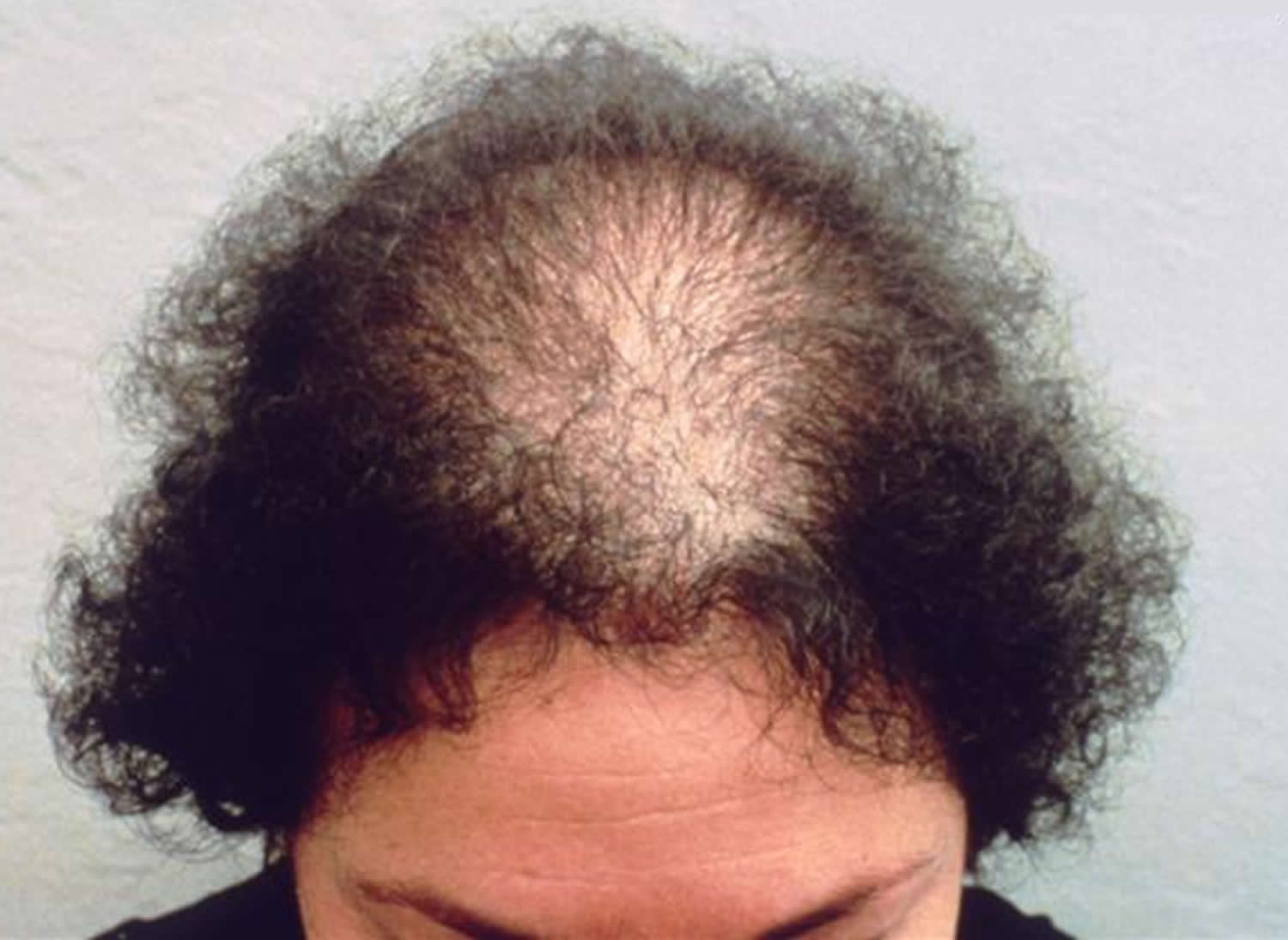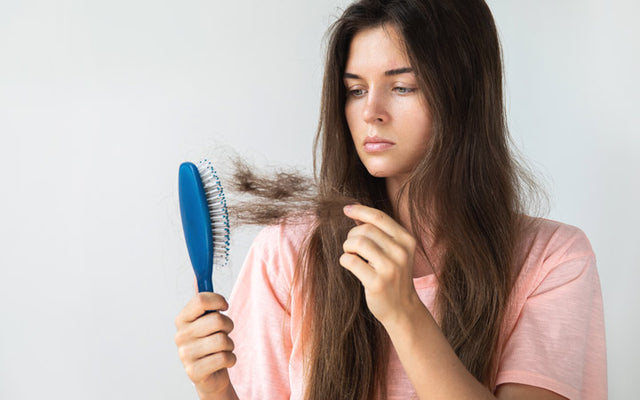Table Of Content

I don’t think I’ve ever double-tapped a post so quickly in my life. Hair oiling, a practice that dates back to ancient India, may promote hair growth and shine. It contains lots of lauric acid, a fatty acid that bonds easily to hair protein.
Mauli Rituals Grow Strong Hair Oil
Points out that the unique oil is often laced into perfumes because of its olfactory benefits. “It has a warm, woody aroma and is known for its various therapeutic properties,” he says. Great for weaves, extensions, and braids, this mixture helps to encourage stronger, healthier hair with extra shine. Plus, it conditions and moistures hair to promote healthy hair growth along the way.
Playa Ritual Hair Care
Dr. Nathan likes marula oil, which contains antioxidants and protects hair from environmental aggressors, and recommends a product like the Vegamour HYDR-8 Weightless Repair Hair Oil. Ayurvedic hair oils, as Mehta explains, often contain a blend of natural botanicals and herbs selected for their therapeutic properties. Her favorite oil is naturally her own, Fable & Mane’s HoliRoots Pre-Wash Hair Treatment Oil, which also contains ashwagandha to strengthen strands.
Keep it Overnight

“You just need to be gentle on your scalp and use your fingertips or a cotton swab to help penetrate the oil. Otherwise, hair fall and damage is inevitable,” she concludes. She also adds that hair oil protects the scalp from harsh chemicals. Rooted in traditional Ayurvedic haircare practices, hair oiling involves the use of natural oils to nourish your hair and your scalp.
This helps it penetrate into the strand’s shaft and potentially repair existing damage. Oils play a vital role in keeping hair well moisturized, strong, and healthy. According to research from 2015, oils help prevent hygral fatigue (repeated swelling and drying that can damage hair). Hair oiling is an ancient practice that involves pouring oil directly onto your hair and massaging it in, with the goal of boosting moisture, luster, shine, and overall hair health. If you have a confirmed allergy to the plant from which an oil is derived, steer clear (for example, avoid almond oil if you have a known allergy to nuts in general). Also, as with any hair product, patch-testing before applying all over may be the best course of action.
Experts break down all the benefits of this ancient Ayurvedic haircare practice. Remember to adjust the quantity of oil based on your hair's length and thickness. Additionally, the frequency of oiling may vary depending on your hair's needs. It may also help support hair growth, though research is limited, especially when it comes to topical application. Keep in mind, when using oil on your scalp, it may be worth testing to be sure you don’t have an allergy. Do a patch test before using oil in your hair for a full treatment.
Choosing Your Oils
A 2013 study conducted on mice with testosterone-related hair loss (yes, even rodents can experience male-pattern baldness!) also found that rosemary could regrow the hair. Folks in India have been using this method for centuries, and it’s even recommended as a part of Ayurvedic medicine (a type of traditional Indian healthcare). Besides providing your hair with shine, oil can be a crucial ingredient for nourishing and locking in moisture, says Witherspoon—particularly when applied to damp hair. This can vary, but leaving the oil in your hair for at least an hour or overnight is best for maximum benefits.
Hair expert's ultimate guide to hair oils and how to protect your scalp - Goss.ie
Hair expert's ultimate guide to hair oils and how to protect your scalp.
Posted: Fri, 26 Apr 2024 14:02:49 GMT [source]
Allow your hair to air dry or use a diffuser on a low heat setting. The oil will help moisturize and tame frizz, leaving your hair smoother and more manageable. Some of these oils are readily found on grocery store shelves, like coconut oil, olive oil, avocado oil, and grapeseed oil. Others like argan oil, baobab oil, tea tree oil, rosemary oil, and sweet almond oil may be found in health food shops or drugstores.
We consulted Novak, Costenoble, Kimble, Dr. Williams, Sabrina Porsche, Mane Addicts stylist, and sifted through tons of online reviews to find the best hair oils available. These oils may be applied to directly the ends of the hair, added to shampoo, or used for leave-in hair treatments. Baobab oil has potent conditioning properties and is well absorbed by hair even at lower temperatures.
It's also worth noting that when applying oil as a hair treatment, porous hair will retain what's necessary, and everything else will be shampooed away, says Labrecque. With its thick texture, castor oil (derived from the seeds of a castor plant) can make the hair appear thicker and is often relied upon for hair growth. Currently, there is scientific evidence for its actual impact on hair growth. However, it can still benefit those dealing with dry ends or tons of frizz. A key component of castor oil is a fatty acid, ricinoleic acid, often used in hair and skin products as an antistatic and softening agent.
According to a 2017 review, it may boost hair health and growth, but studies on topical use are pretty limited. Typically, you’ll apply oil once or twice a week and let it soak in overnight. Remember that experimentation may be necessary to find the perfect hair oil for you and the method that may work the best for your hair and scalp. Hair oil has a myriad of benefits that can change the health and appearance of your hair for the better. Let's take a closer look at some of the biggest things hair oil brings to the table. Depending on the specific oil you choose to use on your hair, experts agree that you may also get some protective benefits.
Massaging your scalp gently in circular motions is the right way to go about it. Towels are rough and can break your hair when it is soaked in oil. Your hair is in a vulnerable state and is already weighed down by the oil. Getting rid of all the excess oil is important, but not too soon!
I also recommend patch tests to check for any allergic reactions. There are a few different ways to oil your hair, depending on your hair type and goals. Dr. Spann suggests heating the oil for a few seconds for maximum penetration.

